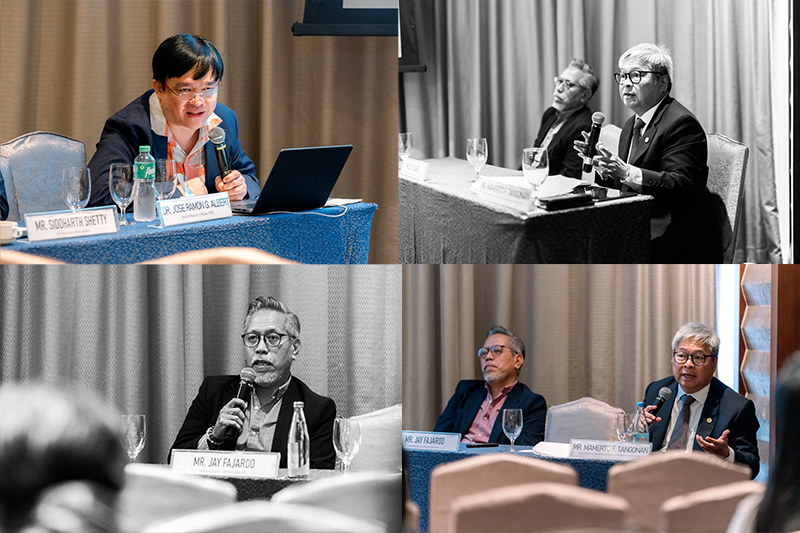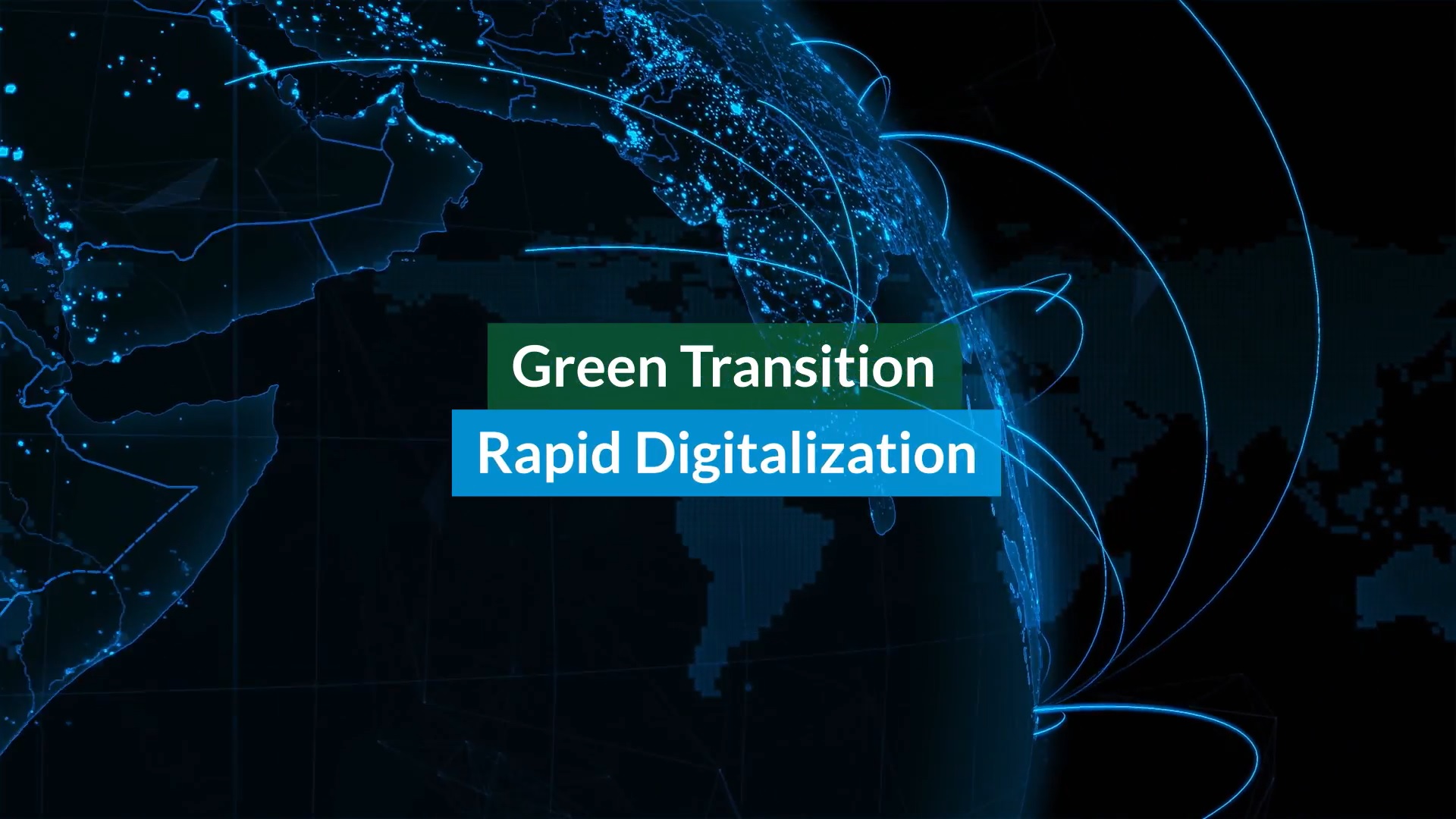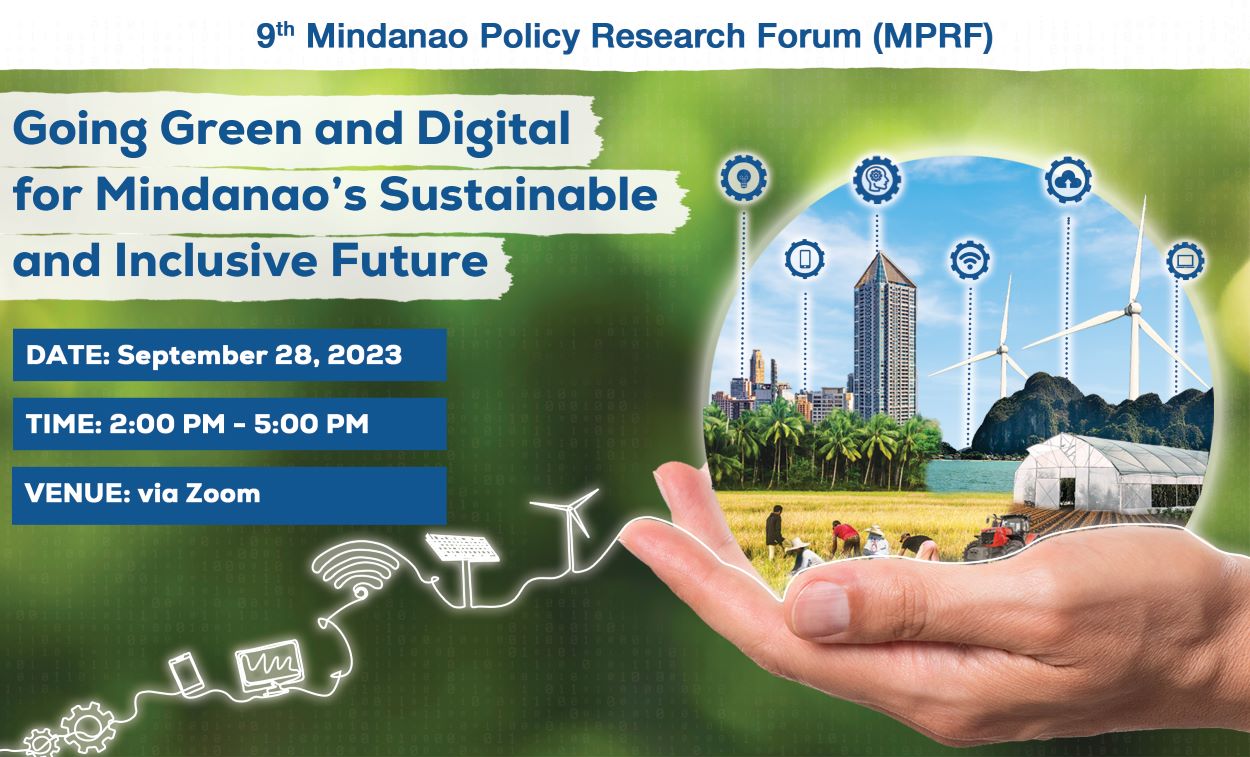The agricultural sector suffers most due to severe weather disturbances because many agricultural regions in the country lie, specifically, along the path of typhoons, this causes agricultural losses and productivity.
According to Philippine Institute of Development Studies (PIDS), agricultural insurance is used as a mechanism for managing risk, providing a safety net for agricultural producers and crucial is the concerted efforts of stakeholders.
PIDS President Dr. Celia M. Reyes, together with her colleagues (Aubrey D. Tabuga, Nicoli Arthur B. Borromeo, Arkin A. Arboneda, and Carlos C. Cabaero) conducted a study titled, “Towards a More Inclusive Agricultural Insurance Program.”
This study examined the implementation of agricultural insurance services under the Philippine Crop Insurance Corporation (PCIC), particularly the issues and opportunities affecting the impact and inclusiveness of these programs.
The PCIC is the government entity mandated to provide agricultural insurance services particularly to small farmers and fisherfolk. Unfortunately, not all farmers and fisherfolk, particularly the smallholders, are able to benefit from this mechanism, said the study.
With PCIC, insurance is based on the cost of production inputs (if the farmer is self-financed) or amount of loan (if a farmer is borrowing).
For the Regular Insurance Program, for instance, rice and corn insurance, the premium rate is variable per region, season, and risk classification.
Premium rates are shared by the farmer, lending institution (if borrowing), and the government. For other insurance lines, the premium is borne solely by the farmer.
In addition to the regular insurance programs, PCIC also offers Special Programs wherein insurance premium is fully subsidized.
Agri Insurance has grown in the years using the Registry System for Basic Sectors in Agriculture (RSBSA) program.
Farmers are prioritized based on their location and size of farm landholding. The amount of cover or insurance benefits for a borrowing farmer is the amount of loan which is subject to cover ceiling per hectare, and the self-financed farmer or those not borrowing gets a maximum of P20,000 per hectare; with this, we can see that the maximum cover is way beyond the production cost.
For 2019, the bulk (2.2M out of the 3.1M) of insured farmers and fisherfolk are enrolled in the special program; which means the national government or PCIC and other NGA is paying for the premium. Only 854,000 are enrolled in regular programs.
The number of insured farmers is significantly increasing but Dr. Reyes would say these are 3.1M number of policies and not 3.1M number of farmers. Farmers may have more than one policy.
The RSBSA is used as the main targeting tool for the provision of free agricultural insurance coverage.
Although the RSBSA is the largest known registry of agriculture producers nationwide, there is a need to validate the database.
Earlier studies found that there are leakages (non-Agri producers listed in the registry) and exclusion (legitimate Agri producers not listed in the registry).
As the main tool used for the provision of free agricultural insurance, the RSBSA must be updated to reflect changes in the composition of the Agri sector. The PCIC-Planning and Management Information Office (PMIO) analyzed the RSBSA list of farmers and fisherfolks, and adjusted for name duplication, reducing the list from 13.5M to 10.9M but further validation still has to be done.
With all these findings, PIDS has the following recommendations for a more inclusive Agri insurance program:
- As the main tool used for the provision of free agricultural insurance,
The RSBSA must be updated to reflect changes in the composition of Agri sector;
The newly institutionalized COMMUNITY-BASED MONITORING SYSTEM (CBMS) may be utilized to identify and geotag agricultural households in the country.
- Improve penetration rates and targeting of beneficiaries for free insurance
PCIC can establish more partnerships with other institutions in providing information dissemination and assistance
-Increase insurance cover by partnering with LGUs, and encouraging farmers to pay for insurance.
According to Philippine Institute of Development Studies (PIDS), agricultural insurance is used as a mechanism for managing risk, providing a safety net for agricultural producers and crucial is the concerted efforts of stakeholders.
PIDS President Dr. Celia M. Reyes, together with her colleagues (Aubrey D. Tabuga, Nicoli Arthur B. Borromeo, Arkin A. Arboneda, and Carlos C. Cabaero) conducted a study titled, “Towards a More Inclusive Agricultural Insurance Program.”
This study examined the implementation of agricultural insurance services under the Philippine Crop Insurance Corporation (PCIC), particularly the issues and opportunities affecting the impact and inclusiveness of these programs.
The PCIC is the government entity mandated to provide agricultural insurance services particularly to small farmers and fisherfolk. Unfortunately, not all farmers and fisherfolk, particularly the smallholders, are able to benefit from this mechanism, said the study.
With PCIC, insurance is based on the cost of production inputs (if the farmer is self-financed) or amount of loan (if a farmer is borrowing).
For the Regular Insurance Program, for instance, rice and corn insurance, the premium rate is variable per region, season, and risk classification.
Premium rates are shared by the farmer, lending institution (if borrowing), and the government. For other insurance lines, the premium is borne solely by the farmer.
In addition to the regular insurance programs, PCIC also offers Special Programs wherein insurance premium is fully subsidized.
Agri Insurance has grown in the years using the Registry System for Basic Sectors in Agriculture (RSBSA) program.
Farmers are prioritized based on their location and size of farm landholding. The amount of cover or insurance benefits for a borrowing farmer is the amount of loan which is subject to cover ceiling per hectare, and the self-financed farmer or those not borrowing gets a maximum of P20,000 per hectare; with this, we can see that the maximum cover is way beyond the production cost.
For 2019, the bulk (2.2M out of the 3.1M) of insured farmers and fisherfolk are enrolled in the special program; which means the national government or PCIC and other NGA is paying for the premium. Only 854,000 are enrolled in regular programs.
The number of insured farmers is significantly increasing but Dr. Reyes would say these are 3.1M number of policies and not 3.1M number of farmers. Farmers may have more than one policy.
The RSBSA is used as the main targeting tool for the provision of free agricultural insurance coverage.
Although the RSBSA is the largest known registry of agriculture producers nationwide, there is a need to validate the database.
Earlier studies found that there are leakages (non-Agri producers listed in the registry) and exclusion (legitimate Agri producers not listed in the registry).
As the main tool used for the provision of free agricultural insurance, the RSBSA must be updated to reflect changes in the composition of the Agri sector. The PCIC-Planning and Management Information Office (PMIO) analyzed the RSBSA list of farmers and fisherfolks, and adjusted for name duplication, reducing the list from 13.5M to 10.9M but further validation still has to be done.
With all these findings, PIDS has the following recommendations for a more inclusive Agri insurance program:
- As the main tool used for the provision of free agricultural insurance,
The RSBSA must be updated to reflect changes in the composition of Agri sector;
The newly institutionalized COMMUNITY-BASED MONITORING SYSTEM (CBMS) may be utilized to identify and geotag agricultural households in the country.
- Improve penetration rates and targeting of beneficiaries for free insurance
PCIC can establish more partnerships with other institutions in providing information dissemination and assistance
-Increase insurance cover by partnering with LGUs, and encouraging farmers to pay for insurance.











